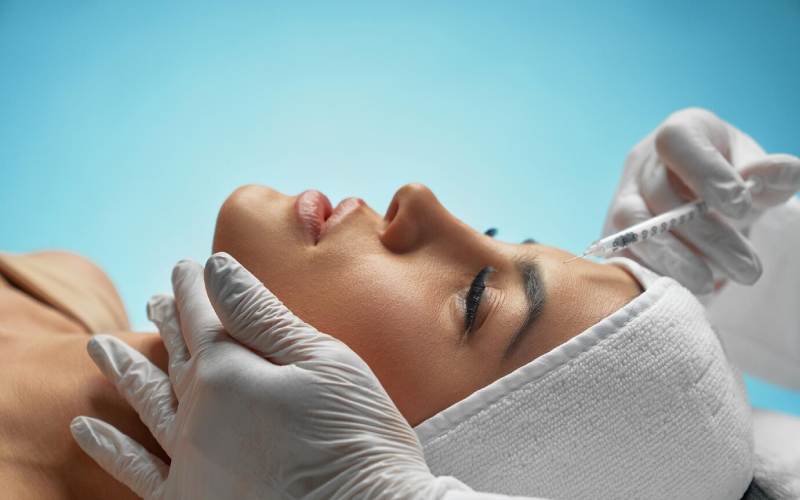Everything You Need to Know About Botox Treatment: Benefits, Risks, and Results
 Hash Invasive
Hash Invasive
What Is Botox and How Does It Work?
In the world of aesthetic enhancements, few procedures have gained as much popularity and acceptance as Botox. Once associated mainly with celebrities, it’s now widely accessible to people from all walks of life who wish to reduce visible signs of aging or address certain medical conditions. At the center of its global popularity lies botox treatment, a non-surgical solution that temporarily relaxes specific muscles to deliver both cosmetic and therapeutic results.
Botox is made from a purified form of botulinum toxin type A. When injected into targeted muscles, it blocks the nerve signals that cause contractions. As a result, dynamic wrinkles—those caused by repeated facial movements like smiling, frowning, or squinting—are softened or even eliminated. The most common areas treated include forehead lines, crow’s feet around the eyes, and frown lines between the eyebrows.
The Procedure: What to Expect
One of the key reasons for Botox’s widespread use is its convenience. The actual injection process is quick, often taking no more than 10 to 20 minutes, and doesn’t require any recovery time. Many people fit it into their lunch breaks and resume work or social activities immediately afterward.
Before the procedure, the practitioner will usually conduct a brief consultation to evaluate your facial structure, skin type, and areas of concern. During the treatment, small amounts of the product are injected using fine needles. Most people report minimal discomfort—often described as a quick pinch or sting.
While it’s a relatively straightforward procedure, the results heavily depend on the skill of the injector. Choosing a licensed and experienced professional is crucial to avoid side effects and ensure natural-looking results. Properly done, Botox enhances your appearance without making you look "frozen" or expressionless.
Benefits Beyond Beauty
Though best known for its cosmetic benefits, Botox is also FDA-approved for several medical conditions. For those suffering from chronic migraines, Botox can be a game-changer. It is believed to reduce headache frequency by blocking pain signals and relaxing muscles around the head and neck. It’s also used to treat muscle spasms, overactive bladder, lazy eye, and excessive sweating (hyperhidrosis).
In addition to physical relief, many users report emotional and psychological benefits. Smoother skin and a more refreshed look often boost self-esteem and confidence. For medical patients, gaining control over a chronic condition can significantly improve overall well-being and day-to-day functioning.
Possible Risks and Side Effects
As with any medical treatment, Botox does come with potential side effects, although they are generally mild and temporary. The most common include minor bruising, swelling, redness, or a slight headache following the injection. These typically resolve within a few days.
In rare cases, patients might experience drooping eyelids or eyebrows, asymmetry in facial features, or difficulty swallowing or speaking if the toxin spreads beyond the intended area. This is why it's essential to follow aftercare instructions, such as avoiding lying down or exercising for at least four hours after the procedure.
The likelihood of serious complications is significantly reduced when Botox is administered by a certified professional in a controlled clinical setting. Always research the provider’s credentials and look for real patient reviews before committing to treatment.
How Long It Lasts and When to Repeat
The results from Botox don’t appear immediately but begin to show within 3 to 5 days after treatment. The full effects are usually visible around the two-week mark. Depending on individual metabolism and the area treated, results typically last between 3 to 6 months.
Over time, with consistent treatments, some people notice that they can go longer between sessions. This is because the targeted muscles gradually adapt and require less frequent correction. However, stopping Botox won’t worsen your skin; your appearance will simply return to its natural state.
For those using Botox as a preventive measure—starting in their late 20s or early 30s—it may help delay the formation of deeper wrinkles altogether. This “prejuvenation” trend is gaining popularity among younger individuals looking to maintain a youthful appearance over the long term.
Subscribe to my newsletter
Read articles from Hash Invasive directly inside your inbox. Subscribe to the newsletter, and don't miss out.
Written by
